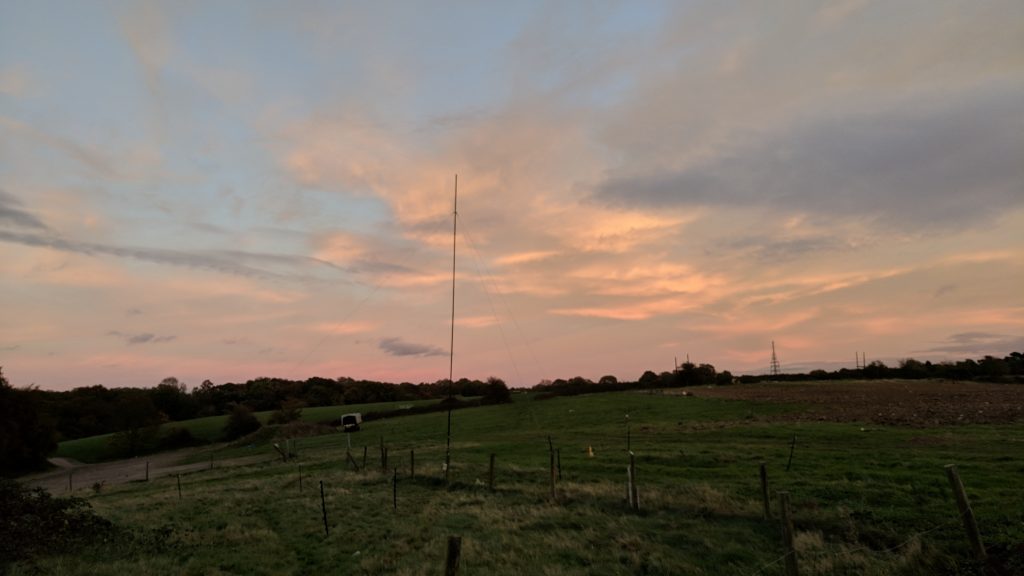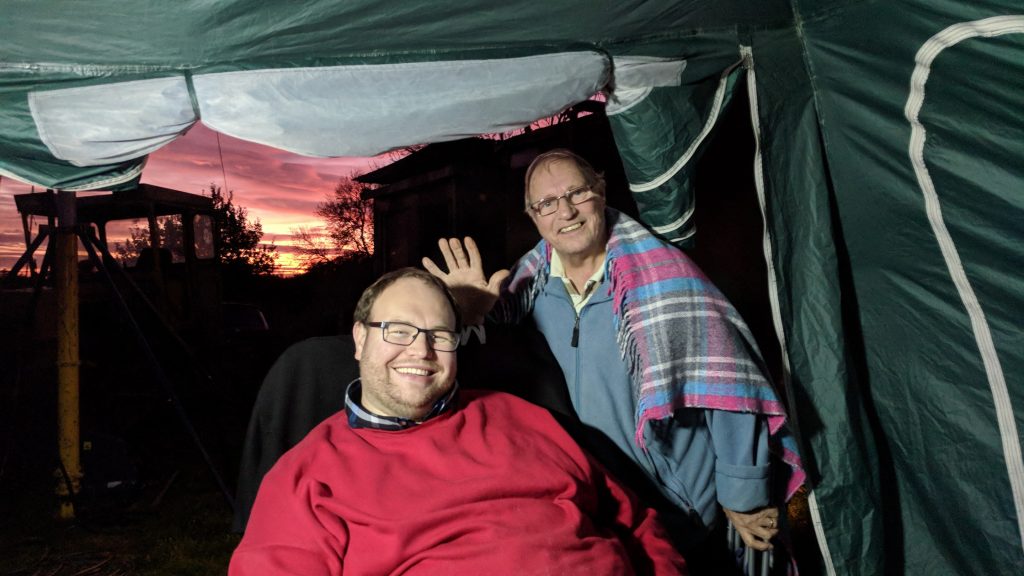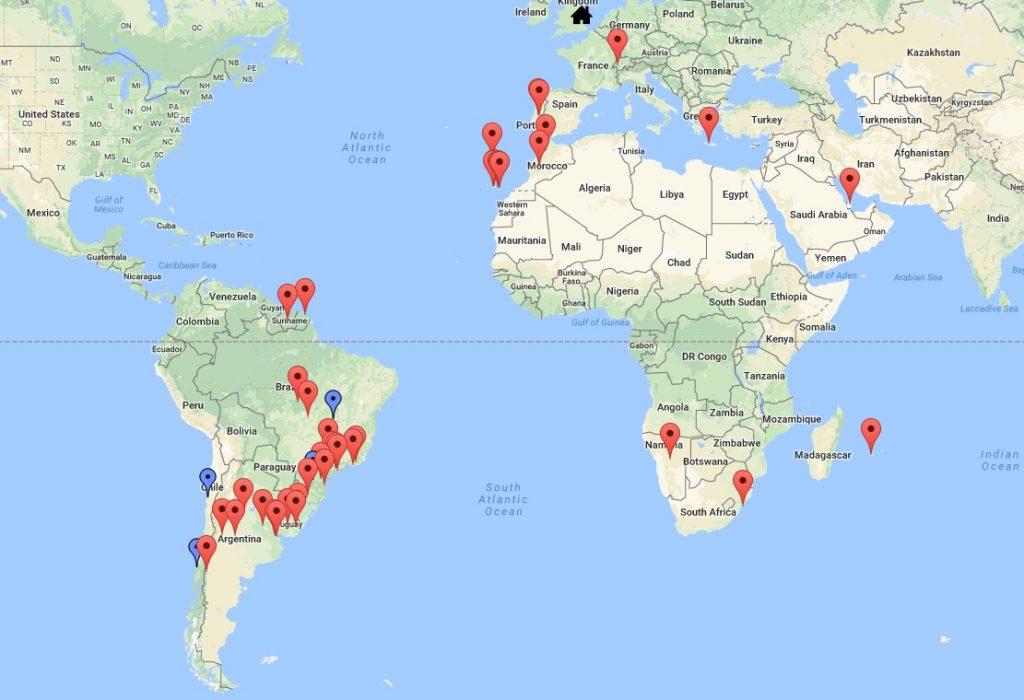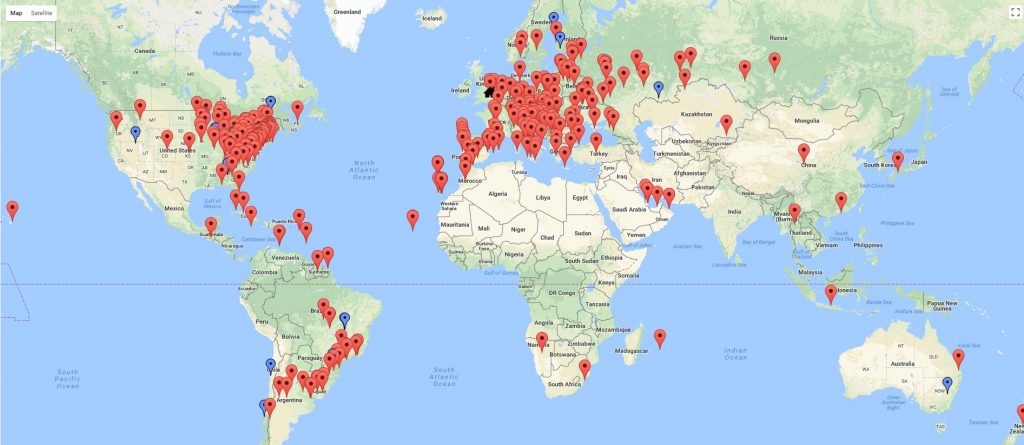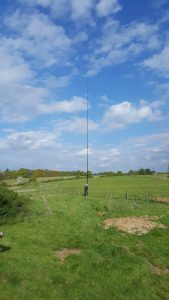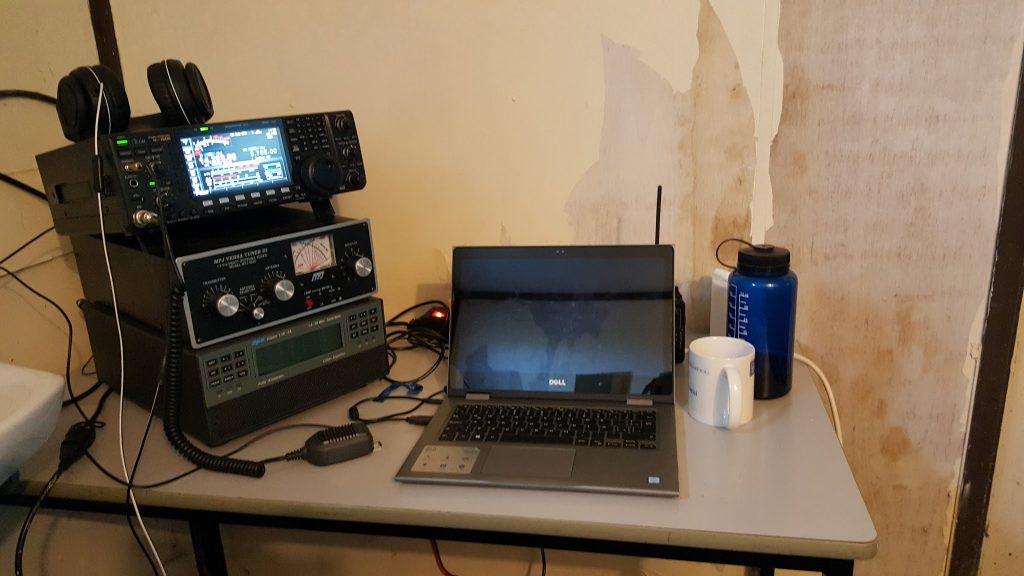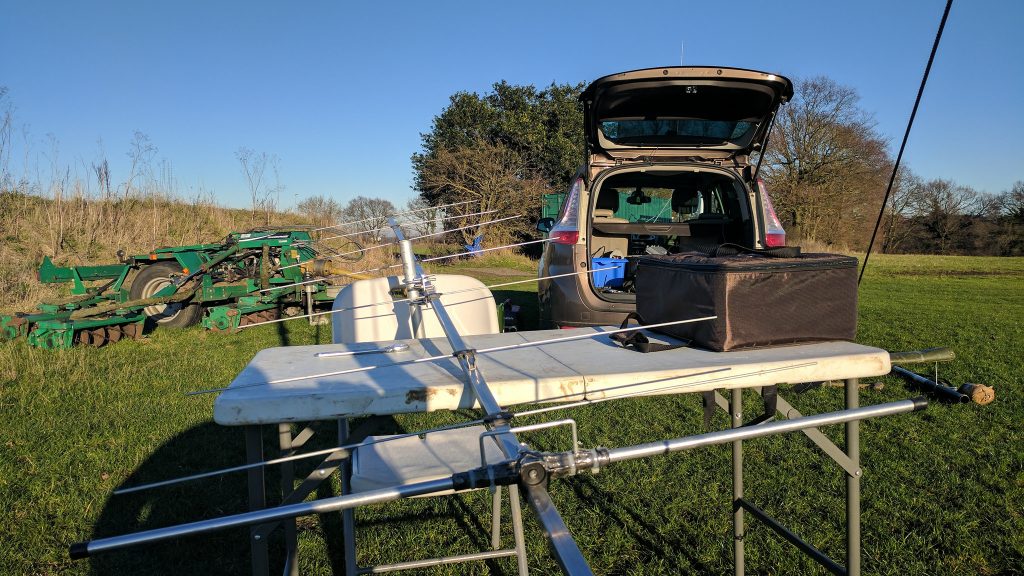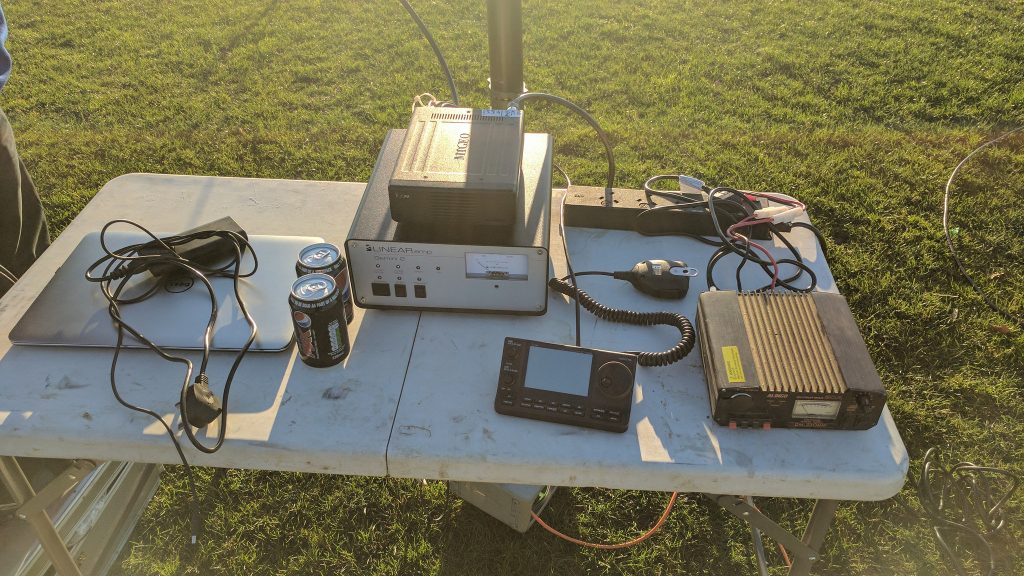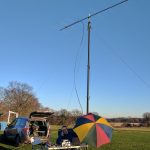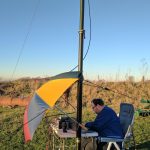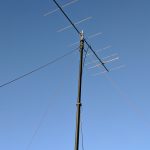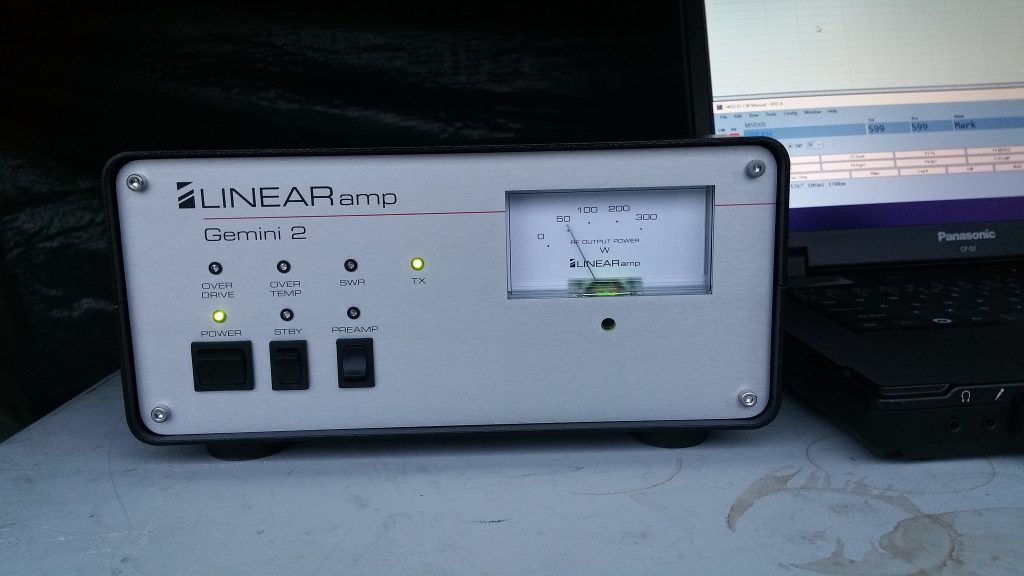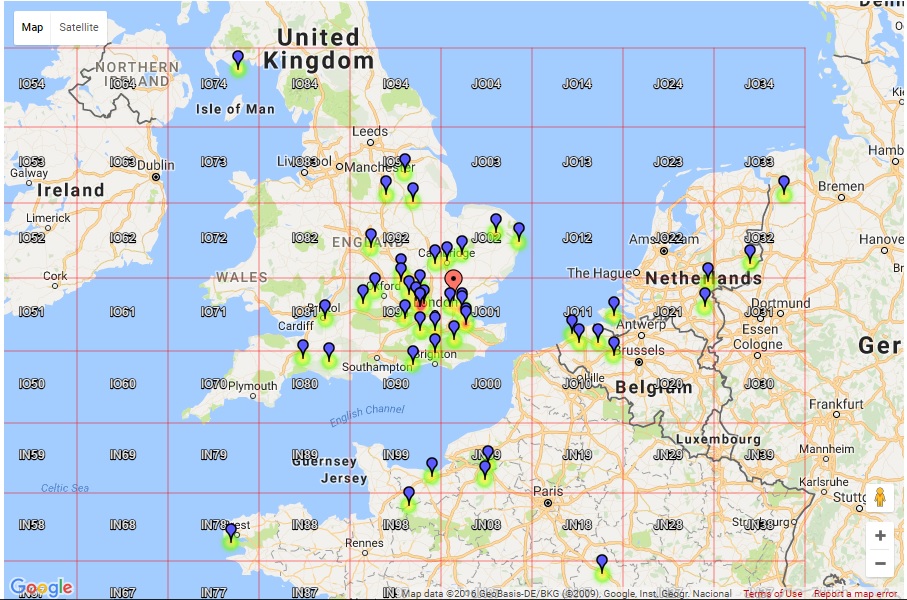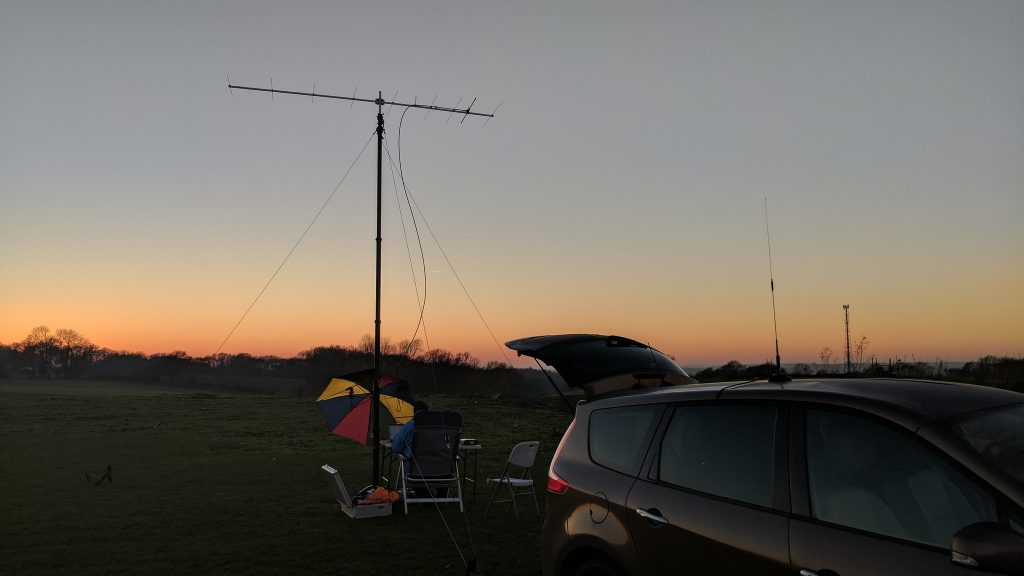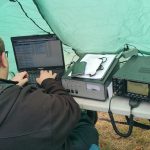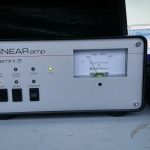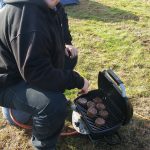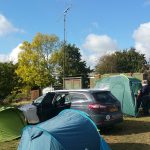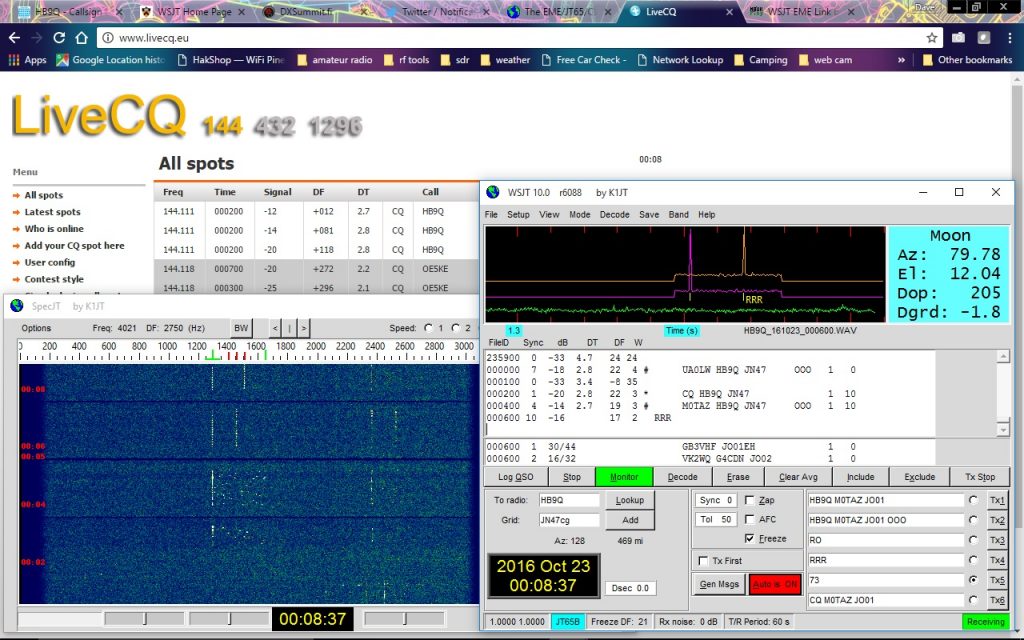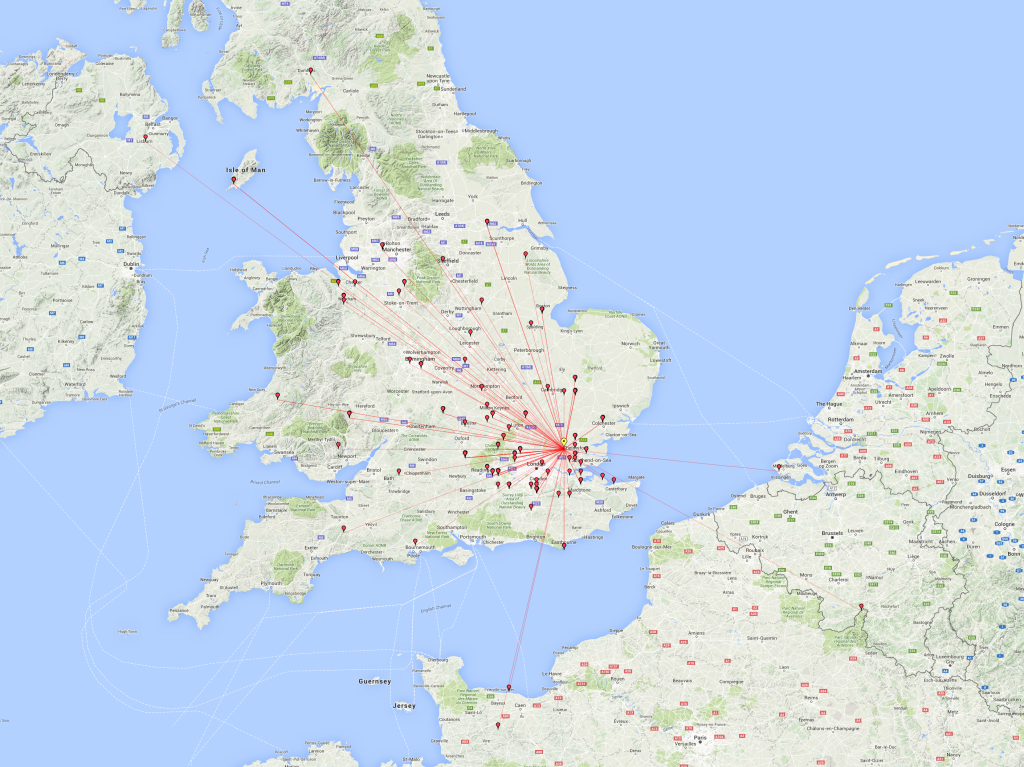The CQWW SSB event runs over the last weekend of October and covers all contest bands from 1.8 MHz to 28 MHz. The event is one of the largest international events of the HF calendar and encourages stations to operate from far-flung and exotic parts of the world.
We opted for the sun-drenched shores near Ongar in Essex, using our contest site at the Kelvedon Hatch Secret Nuclear Bunker. We had decided before the event it would be more of a casual entry, as the contest had started at 00:00 Hrs on the previous Friday/Saturday morning. We have previously taken part in the event, with a most notable event in 2015.
This year we used a 7 MHz vertical, with elevated radials, and a 3e multiband beam for 28/21/14 MHz @ 10m.
3e Multiband Beam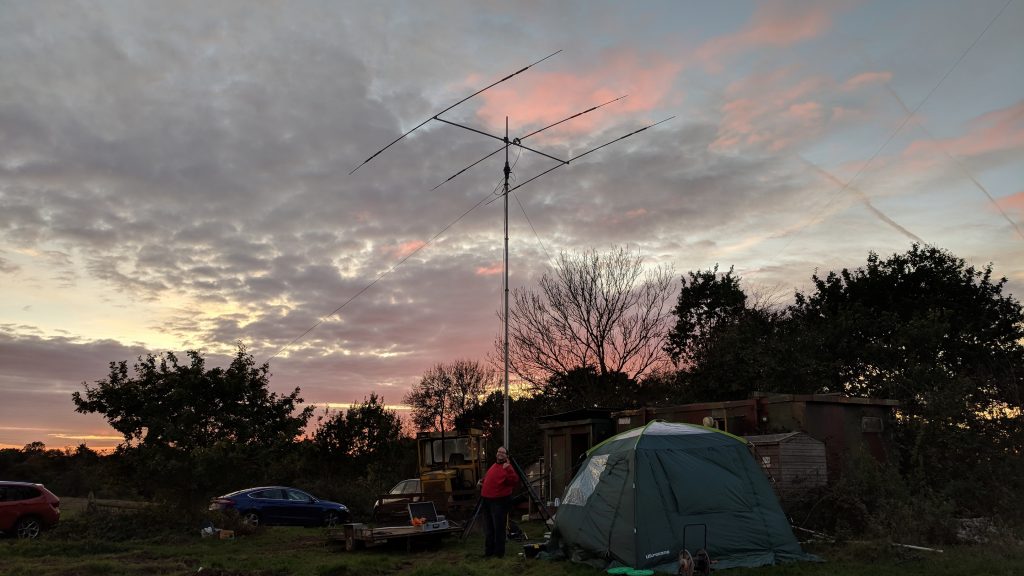 7 MHz Vertical
7 MHz Vertical
The HF bands remained in good shape, with some good openings on 28 and 21 MHz and the vertical worked well at 7 MHz. The lower HF bands were predictably crowded, so I concentrated on search and pounce on the higher bands.
George M1GEO and Fred G3SVK with a great sunset behind.
QSO and DXCC per band.
28 MHz provided some interesting DX with a lot of station from Argentina, Brazil, French Guiana, Chile, Suriname, Namibia, South Africa, Qatar and Reunion Island.
28 MHz QSO Map
All Bands QSO Map
In total, we worked 417 QSO in 76 DXCC and had some fun on the bands.
